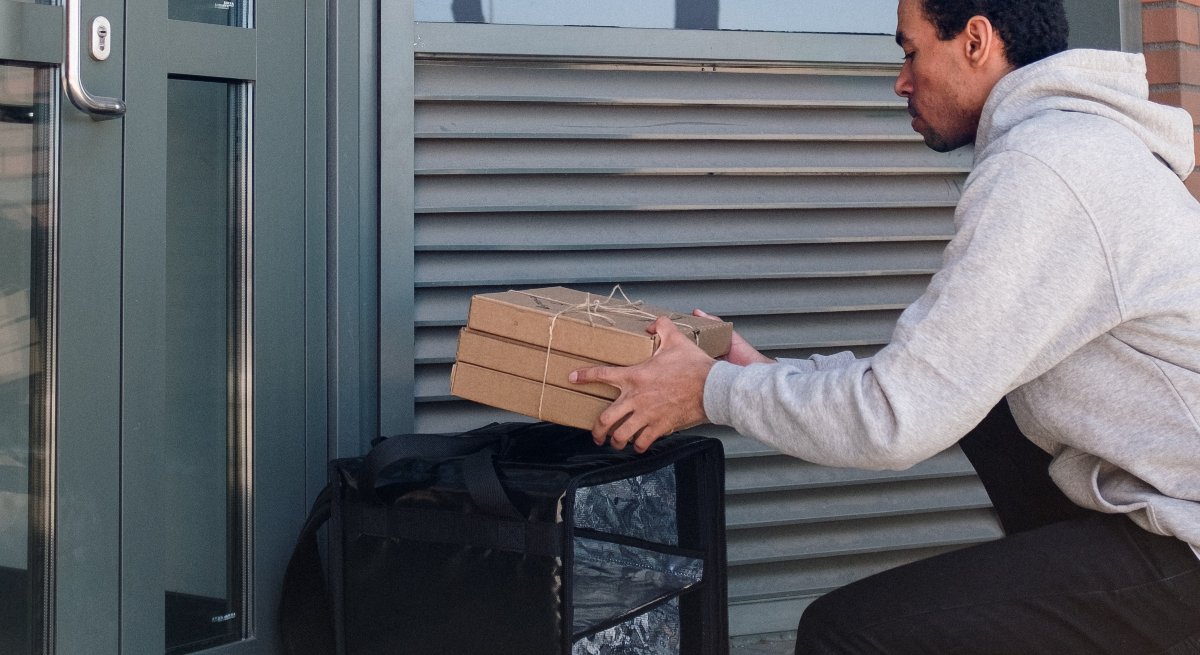Account for ‘The Invisible Guest’ Phenomenon
4 Min Read By Kurt Pahlitzsch
Smart Ways to Integrate the Delivery App Experience into Your Food Service ModelWhen a food historian someday drafts a history of how the restaurant industry survived the pandemic, food delivery apps will arise as one of the heroes of that story. After all, delivery apps and take-away service were the true lifelines of lockdown. They accounted for more than 80 percent of all restaurant transactions during those days.
Now that lockdowns are over, dining rooms are reopened, and the most onerous COVID restrictions have been lifted, some are surprised that food delivery apps remain so popular. But why not? Consumers discovered the ease and convenience of ordering through these apps - and many have now welcomed that convenience into their busy lifestyles and will often use a delivery service as one of their mealtime options.
This is good news for restaurant and franchise owners who can now enjoy another revenue stream for their businesses. Apps like DoorDash and Uber Eats can…
Sorry, You've Reached Your Article Limit.
Register for free with our site to get unlimited articles.
Already registered? Sign in!


